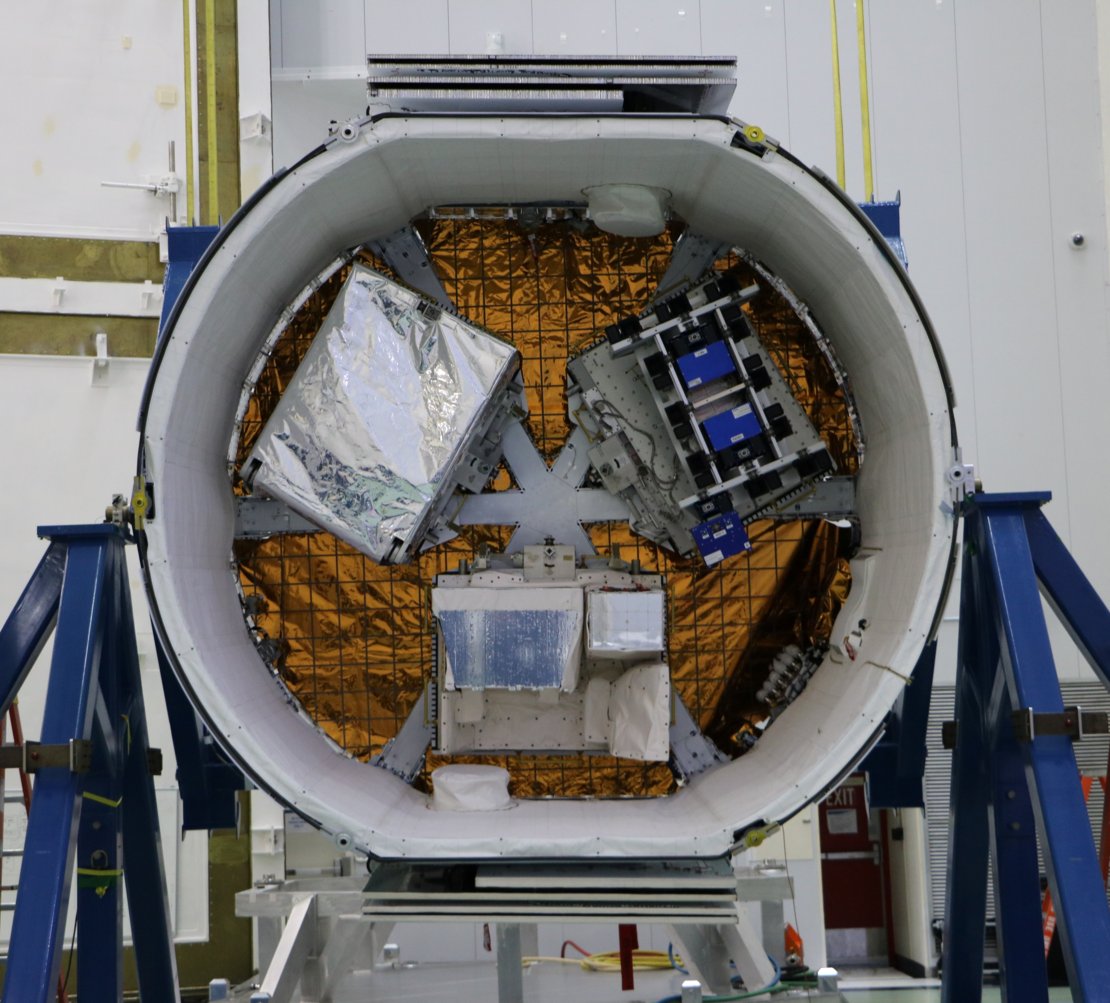- Joined
- Jan 17, 2009
- Messages
- 5,204
- Reaction score
- 1,547
SpaceX launch set for this Friday, March 30th, at Vandenberg AFB in California.
Launch time set for 7:14 AM PDT (10:14 AM EDT).
Launching the 5th set of Iridium NEXT satellites, using the same booster used to launch the 3rd set.
While they could land the booster on the ASDS "JRTI", apparently they won't since this is the second flight of the booster and they will never fly the Block 3 or 4 boosters 3 times. Also, JRTI may still be undergoing rework. But they'll probably try to recover one of the payload shrouds, using the "Mr Steven" ship with its huge net to catch the fairing half. Tried that last time but Musk implied the fairing's steerable gliding parachute wasn't big enough (indicating next time (this time?), it would be bigger)
Article on static firing for mission: "Falcon 9 conducts static fire test ahead of the fifth Iridium NEXT mission"
https://www.nasaspaceflight.com/2018/03/satellites-fifth-iridium-next-launch-arrive-vandenberg/
Iridium's mission patch:

After this launch, then CRS-14 at the Cape, currently set for April 2nd.
Launch time set for 7:14 AM PDT (10:14 AM EDT).
Launching the 5th set of Iridium NEXT satellites, using the same booster used to launch the 3rd set.
While they could land the booster on the ASDS "JRTI", apparently they won't since this is the second flight of the booster and they will never fly the Block 3 or 4 boosters 3 times. Also, JRTI may still be undergoing rework. But they'll probably try to recover one of the payload shrouds, using the "Mr Steven" ship with its huge net to catch the fairing half. Tried that last time but Musk implied the fairing's steerable gliding parachute wasn't big enough (indicating next time (this time?), it would be bigger)
Article on static firing for mission: "Falcon 9 conducts static fire test ahead of the fifth Iridium NEXT mission"
https://www.nasaspaceflight.com/2018/03/satellites-fifth-iridium-next-launch-arrive-vandenberg/
Iridium's mission patch:

After this launch, then CRS-14 at the Cape, currently set for April 2nd.







